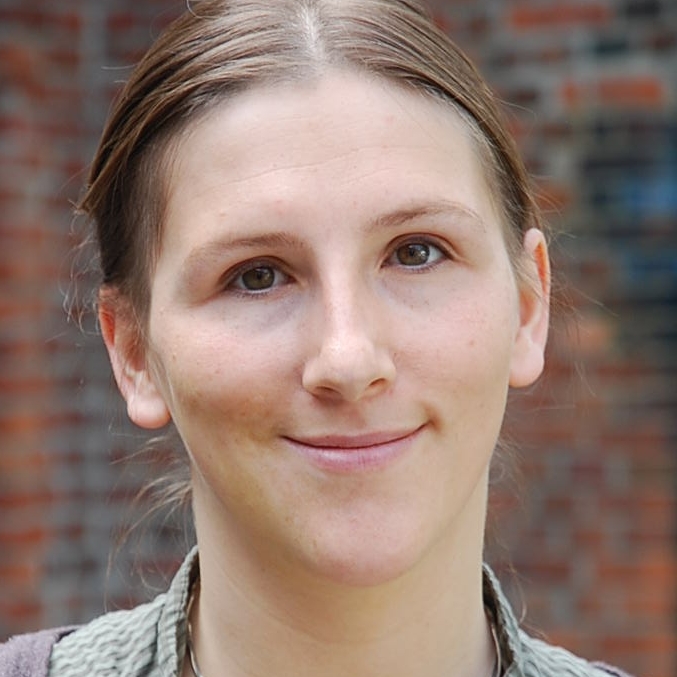Migration conference 2017: speakers

Time: March 31, 2017
Venue: Kumu, Weizenbegi 34, Tallinn
Languages: English, Estonian (with translation)
HE Dagfinn Sørli
The ambassador of Norway
Christer Haglund
Nordic Council of Ministers´office in Estonia
Andres Anvelt
Minister of the Interior of the Republic of Estonia
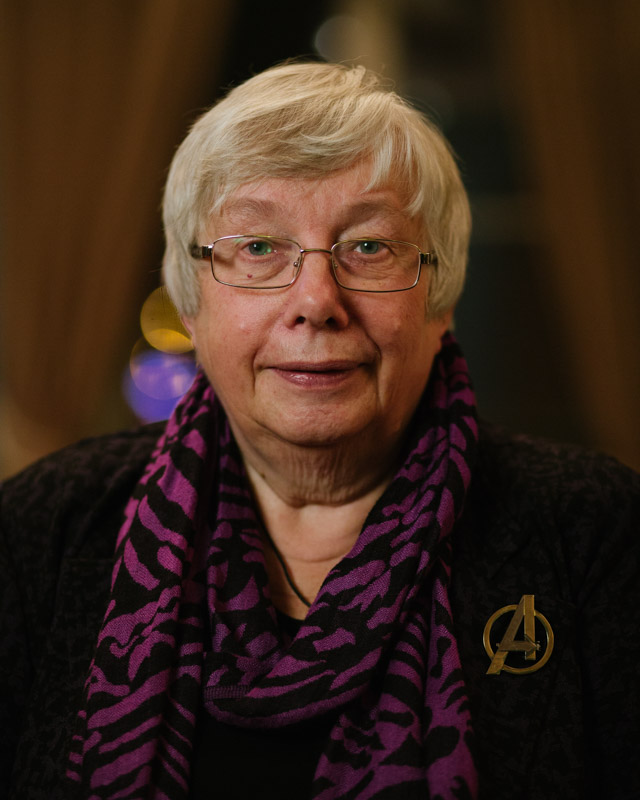
Marju Lauristin
Member of the European Parliament, Professor of Tartu University
The presentation is focused on how to conceptualize nation states at the age of migration: migration and integration of new arrivals.

Anders Danielsson
Secretary General, Swedish Red Cross
The presentation focuses on the Swedish experience on helping 136 000 refugees in six months.
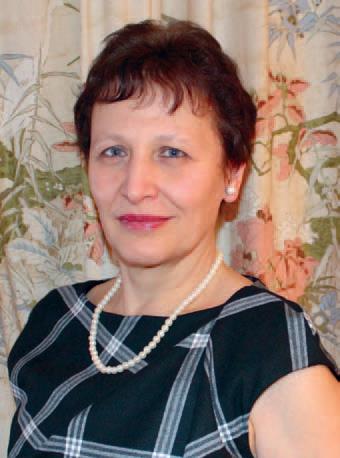
Klára Fóti
Research Manager, Eurofound
The presentation takes a look at labour market integration of refugees and asylum seekers and the different approaches to it in Europe after the crisis. Due to the high inflow in 2015 and 2016, labor market integration of refugees has become even more challenging than before. The average duration of the asylum procedure increased. In order to ease the effects of the delays in obtaining a decision, many measures have been introduced, and/or in some cases the procedure has been accelerated for specific groups of asylum seekers. In many countries, the granting of asylum has become temporary, weakening asylum seekers’ position in the labor market.
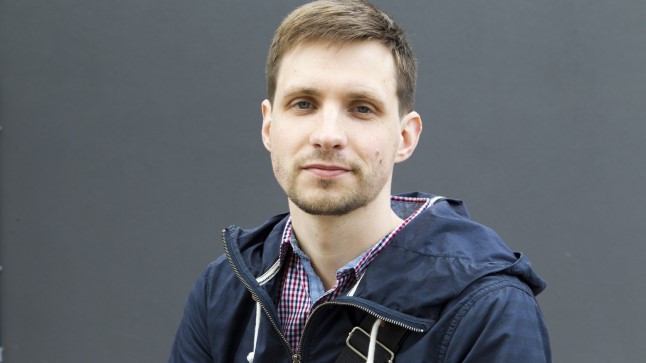
Eero Janson
Director, Estonian Refugee Council
The first refugee families in the EU quota system arrived to Estonia exactly one year ago, in March 2016. This presentation will look at the successes and the still-existing gaps in the integration and support system provided to newly arrived refugees, taking a closer look at labour market access, educational system, and secondary movement, among other things.
Catrine Bangum
Senior adviser, Nordic Council of Ministers
The presentation will tell about the different elements in the Program of integration of newly arrived immigrants initiated by the Nordic Council of Ministers.
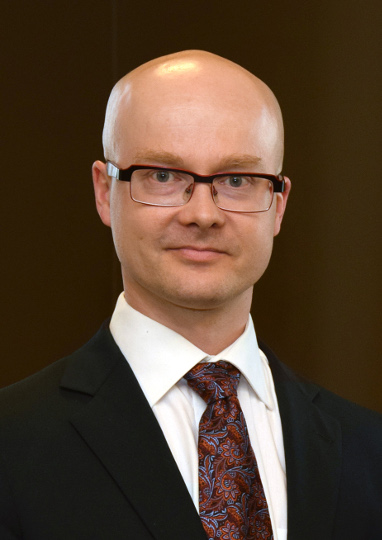
Tuomas Martikainen
Director, Migration Institute of Finland
In 2015, about 32,500 asylum seekers arrived to Finland. The number was significantly higher than in previous years, created much controversy, and led to several legislative changes. The presentation looks at how the asylum seekers’ applications have proceeded as well as other information that we do know about the asylum seekers. The presentation is based on data provided by Finnish authorities as well as collected by the Urbanisation, Mobilities and Immigration research project.
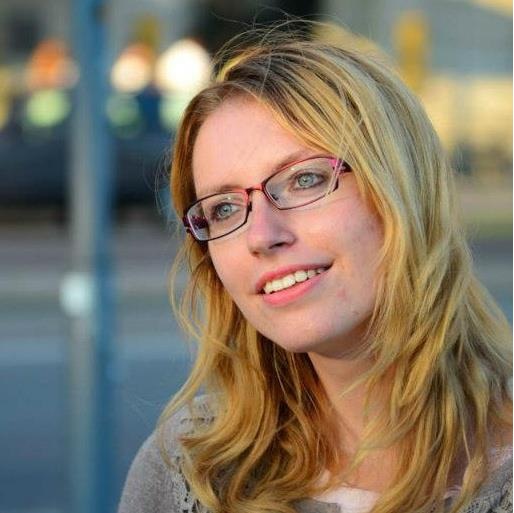
Maarja Saar
PhD student, Sodertorn University, project Transwel
Several regulations are directed to support EU free movement, however, on the practical level, there are multiple problems with the portability of welfare benefits in EU. The presentation takes interest in mobility between Sweden and Estonia and the problems for Estonian migrants in Sweden.
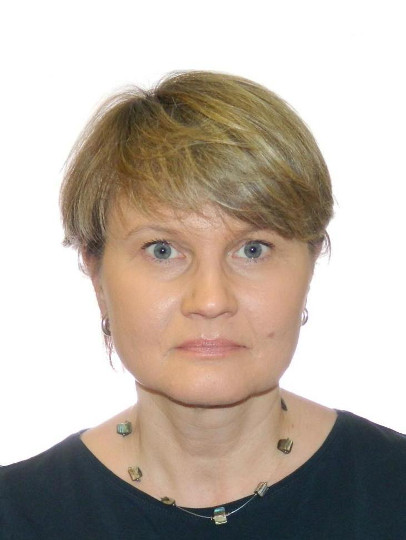
Triin Vihalemm
Professor, University of Tartu
Alongside political, economic and cultural factors, media has a significant impact on migration and integration processes. People learn about the destinations (for the first time) via media, especially the Internet, and create new relationships. Social media has made communication between migrants and those who stayed back home cheaper and more diverse than ever before, which reduces the fear of losing close relationships. The development of mass media and communication networks has also changed the way researchers understand integration in the target society.
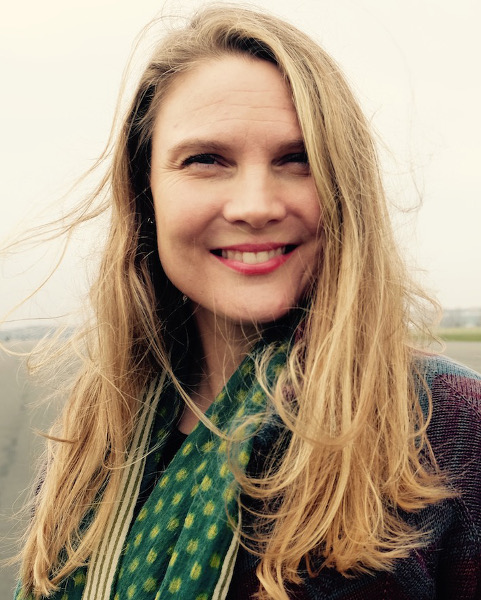
Karina Horsti
University of Jyväskylä, Academy of Finland fellow
Transformations in the mediascape have played a role in shaping public debate on immigration. Despite connecting people and society, new media technology also fragments and polarises communication. Social media has shaped the response to the recent arrival of asylum seekers: they have facilitated the formation of both the anti-immigration movement and the hospitality movement.
Marti Aavik
Opinion editor, daily newspaper Postimees
The presentation takes a look at the public perception of migration in Estonian media.
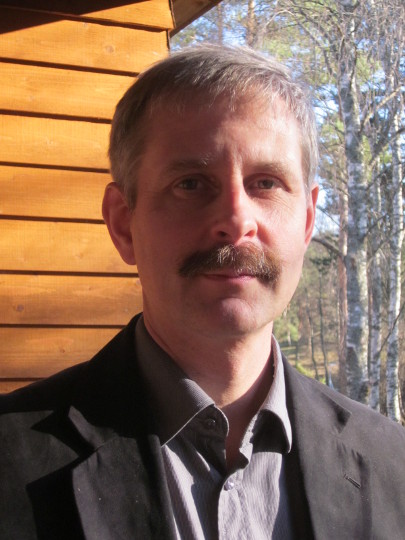
Allan Puur
Professor, Tallinn University
The new population projection charts demographic future of Estonia until the end of the 21st century. Results illuminate contrasting long-range outcomes in terms population number, age structure and ethnic composition arising from various scenarios of international migration and fertility, the two most dynamic components of contemporary population change. The presentation identifies paths which could break the decline, bringing stabilisation or moderate recovery from the middle of the century.
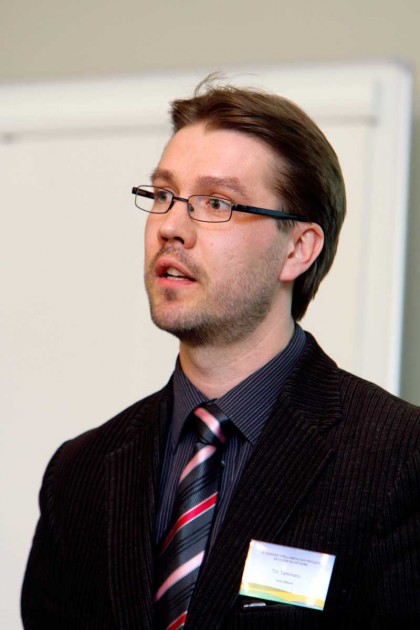
Tiit Tammaru
Professor, University of Tartu
Raul Eamets and Tiit Tammaru have participated in the compilation process of Estonian Human Development Report that is dedicated to Estonia in the era of migration – which is also the starting point to the migration conference 2017. Together, they give a presentation focusing on Estonia and the era of migration.
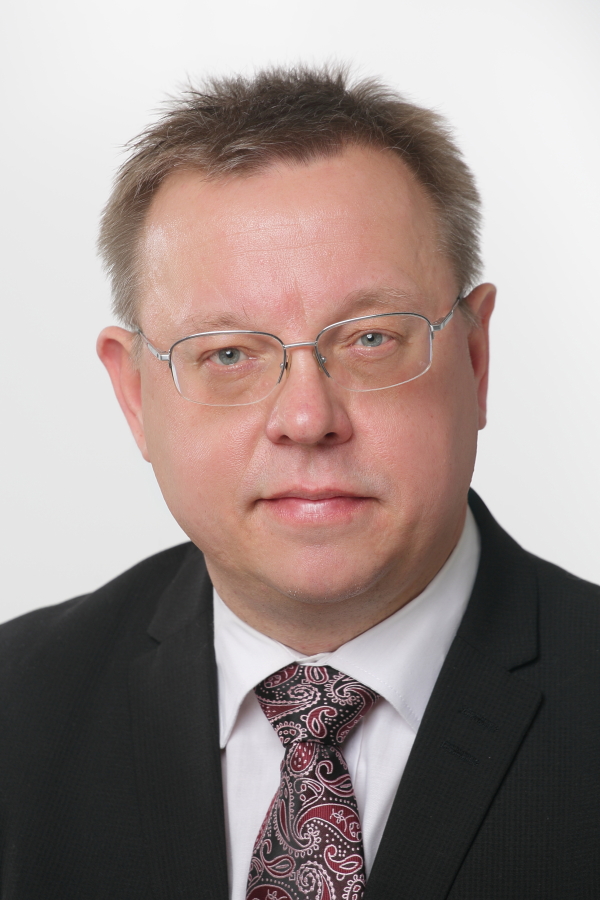
Raul Eamets
Professor, University of Tartu
Raul Eamets and Tiit Tammaru have participated in the compilation process of Estonian Human Development Report that is dedicated to Estonia in the era of migration – which is also the starting point to the migration conference 2017. Together, they give a presentation focusing on Estonia and the era of migration.

